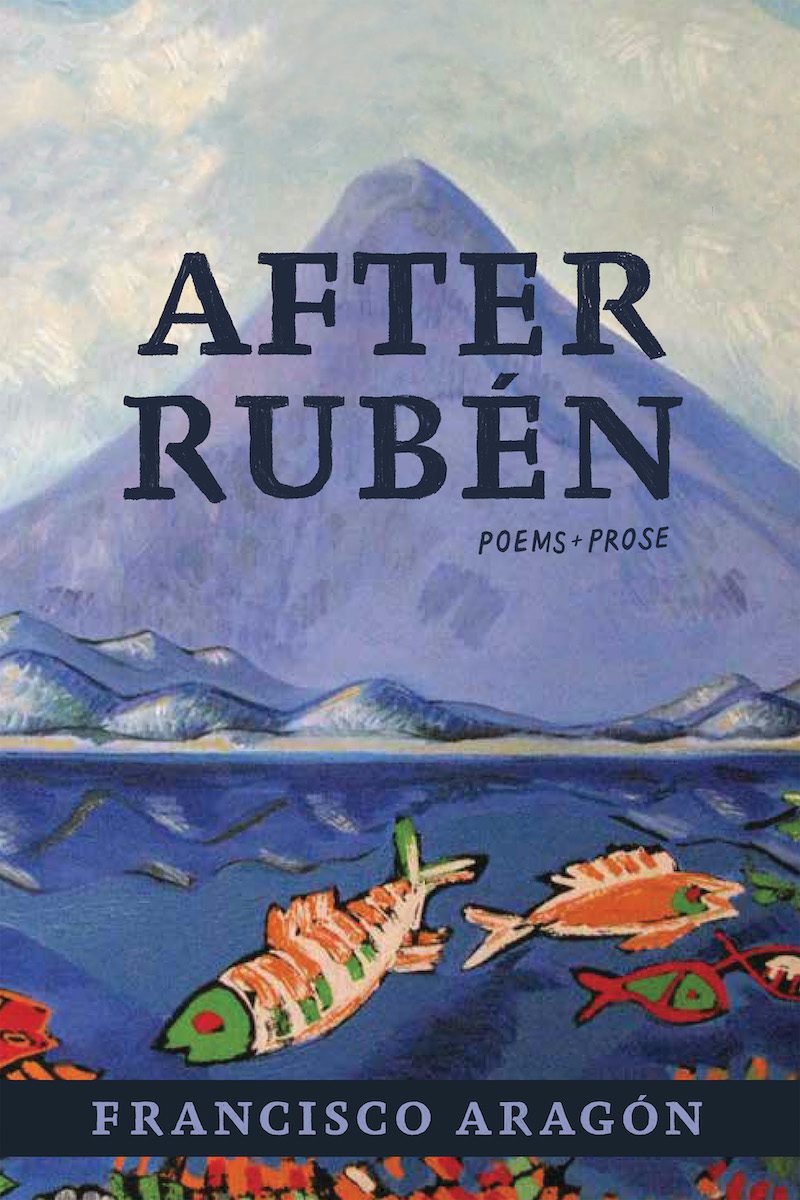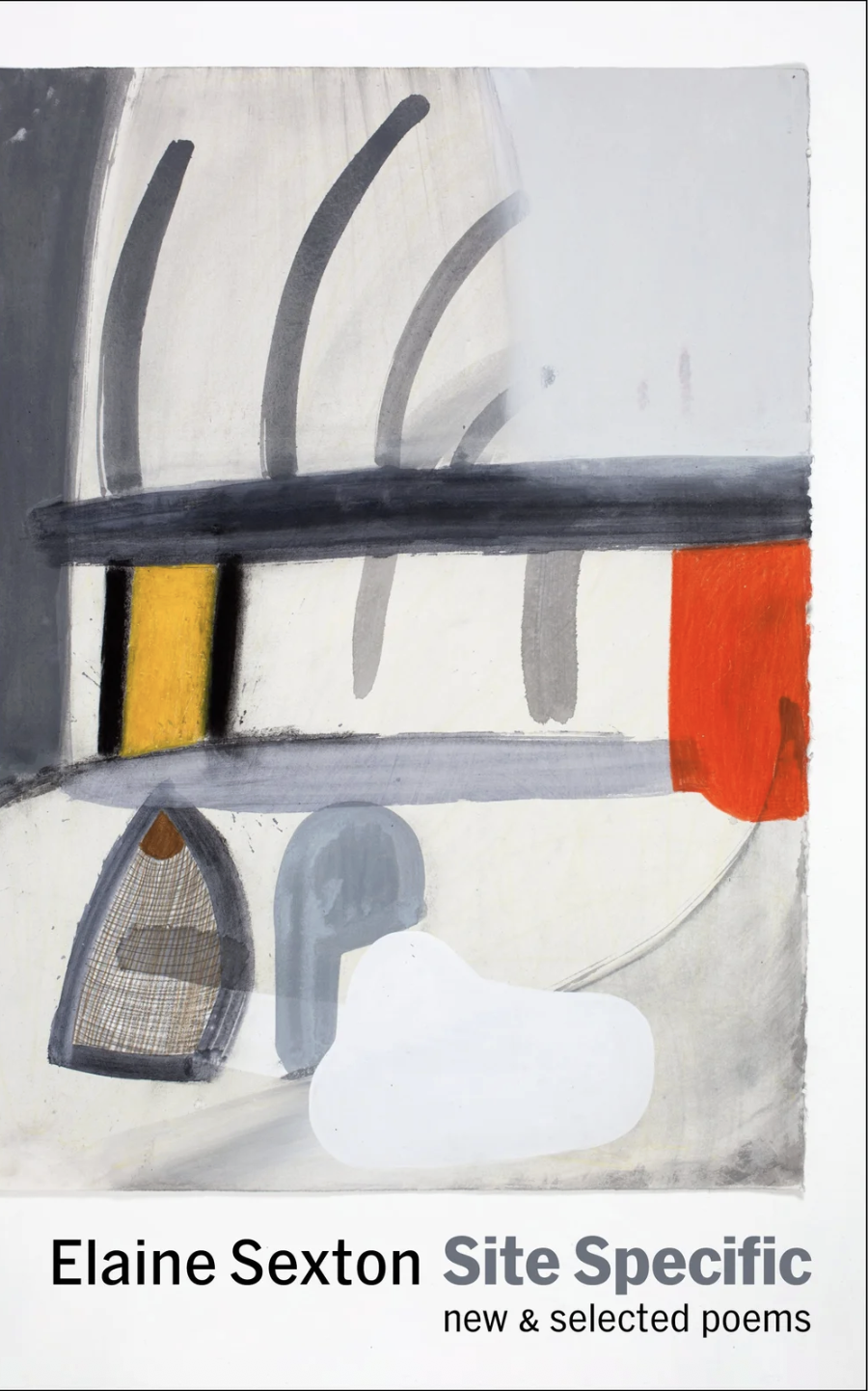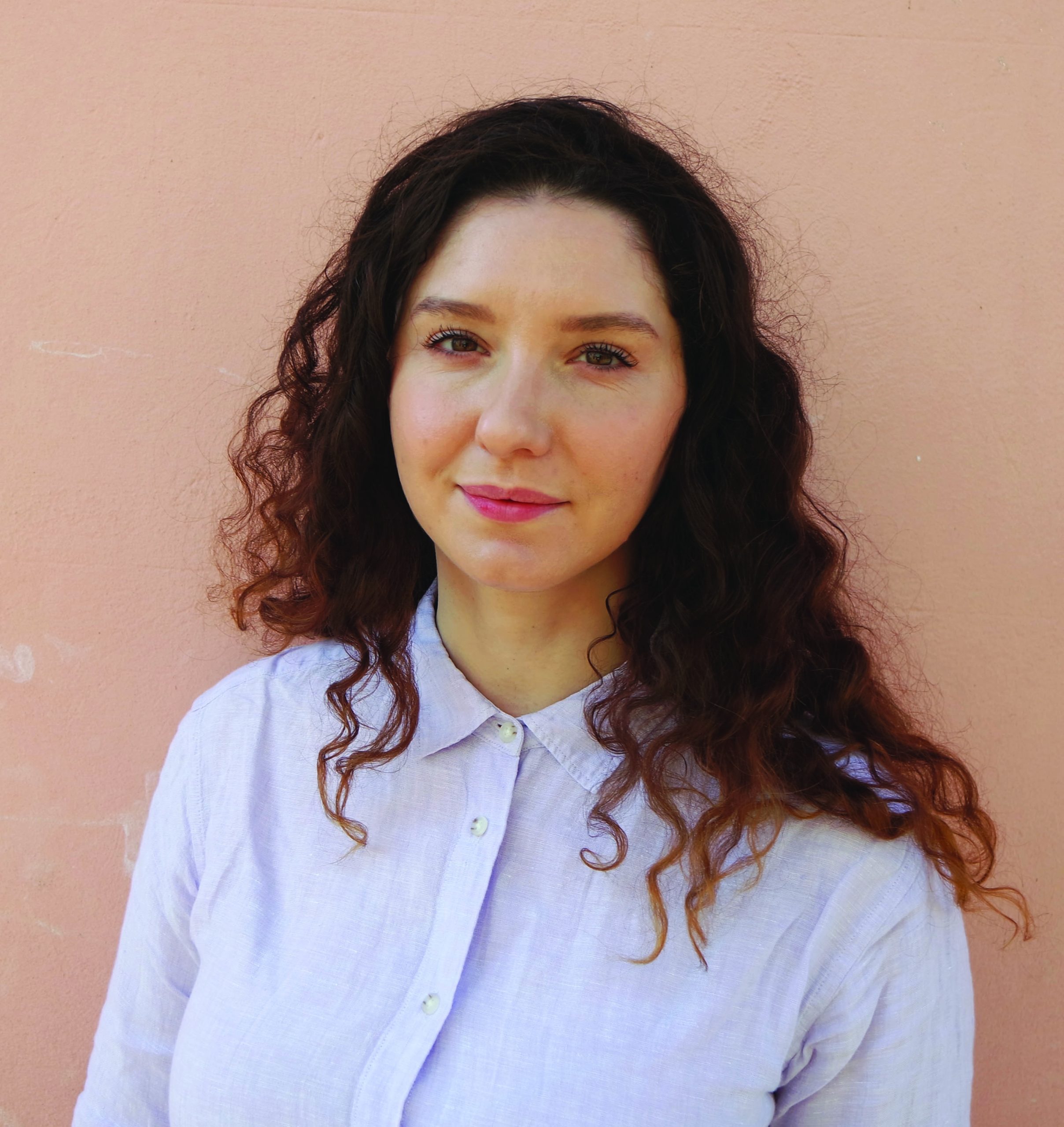In his latest book, After Rubén, Francisco Aragón presents readers with original poems, translations, and reimaginings of work by the Nicaraguan poet Rubén Darío, and an essay, all within the confines of one project.
The book reads like a synthesis of themes present throughout Aragón’s expansive writing career. He is the author of two poetry collections, Glow of Our Sweat and Puerta del Sol, and four chapbooks: His Tongue a Swath of Sky, Tertulia, In Praise of Cities, and Light, Yogurt, Strawberry Milk. His work as a translator includes From the Other Side of Night, Sonnets to Madness and other Misfortunes, Of Dark Love, and others. Aragón teaches a course on Latinx poetry at Notre Dame in the fall, and a poetry seminar in Washington, DC in the spring. He also directs Letras Latinas, the literary initiative at Notre Dame’s Institute for Latino Studies (ILS). After Rubén spans disciplines, time periods, geographies. It’s a masterful, thought-provoking work that shines, both for the sustained attention Aragón has given one of the most important Latin American writers of the nineteenth century, and the contemporary poetry world unfolding around him.
Francisco and I met in 2018 at the Latino Studies Association Conference in Washington, DC, where our link as US Central American writers led to conversations along joint interests. After the release of his new book in May, I had the pleasure of picking up those threads again in this interview, where we discuss transnational literary legacies, translation as poetry, history’s erasure of queer relationships, and the importance of collaboration among diasporic Central American writers.
***
The Rumpus: Writers often point to writers who inspire their work, but also often relegate the acknowledgment to a single “after poem” or an epigraph. That’s not the case with this collection. In After Rubén, your influences are central—poems written after Darío, your own translations of his poems presented alongside yours, engagement with other writers like Lorca, Juan Felipe Herrera, Andres Montoya. Could you speak a bit about the choice to engage with these authors so deeply and explicitly?
Francisco Aragón: My writer friend Maria Melendez Kelson once wrote to me in an email something that captures what I think is at the heart of your question: “This inclusiveness affirms the Whitmanic view that, poetically, we are all a little bit of each other. It extends Blaser’s open field across individual lives/minds/muses.” The occasion of her email was the publication of my previous book, which incorporated translations, including a Lorca sonnet, and a couple of renderings into English of the late Chicano poet Francisco X. Alarcón. I remember beginning to really find value and meaning in sharing—within the confines of a book—space with other writers.
After Rubén, which took ten years to assemble, decisively solidifies this notion that I consider myself as part of, and find solace in, various lineages. It just so happens that part of my latest book’s vision is wearing these lineages on my sleeve, so to speak. Your mentioning Lorca, Herrera, and Montoya is interesting, because that order suggests a journey through time: first Lorca from Spain, then Herrera, a California-born Chicano elder, and finally Montoya, my contemporary, whose work I encountered at the UC Davis bookstore right around the time he died—sadly, before his time, some twenty years ago.
Rumpus: The idea of poetry as a communal act makes sense to me, but I feel that we often revere writers in terms of singular, individualistic “genius.” Perhaps one benefit of the latter attitude is that it widely cements some authors in the hearts and minds of readers. Rubén Darío is revered by many, and his work is taught in classrooms all over the world. Why, though, are you specifically drawn to him? Why write a book that orbits around this particular figure?
Aragón: As the son of Nicaraguan immigrants, and given my artistic sensibilities, I guess I’d be hard pressed to separate these aspects of my identity from the figure of Rubén Darío. In the opening paragraph of “My Rubén,” the essay that punctuates After Rubén, I say that Darío has been part of my consciousness from the time my mother would recite, when I was a child, snippets of his poetry. Perhaps this may also be the case with Salvadoran poets and writers and Roque Dalton?
It’s not so much that I set out to “write a book” on the subject of Darío. In fact, an earlier working title for the book was Ernesto Cardenal in Berkeley which is the title of one of the poems in the collection. But it took a trusted friend to point out to me that it was Rubén Darío who seemed to be the manuscript’s muse. That said, it’s true that I took on the project of wanting to render and riff Darío into English, as I do for ten of the pieces in the volume. So more than “writing a book,” I deliberately initiated the project of coming up with English versions of Rubén.
Rumpus: The poem “Ernesto Cardenal in Berkeley” encapsulates many of the threads and locales your collection explores: San Francisco, Spain, Darío’s corpus, a son’s relationship to his immigrant parents. How did it come about? Was it the true genesis of this project?
Aragón: I think it was. The poem references what was, arguably, my most impressionable early experience with poetry. One weekend, in 1982, I found myself on the UC Berkeley campus and came across a flyer announcing that Ernesto Cardenal would be giving a reading in Wheeler auditorium. I made a note of the day and time and resolved that I’d be truant from school and take BART across the bay to attend. I was in tenth grade. I knew who Cardenal was because I’d been reading him in English translation, and I was aware that he was Nicaragua’s Ministro de Cultura.
It was a transformative experience sitting in that packed auditorium surrounded by college students, seeing and listening to him read poems. I remember feeling slightly smug that I could understand the poems in Spanish, and then enjoy the English translations that followed. But even though Cardenal was the centerpiece of the poem, I still found a way to weave in a mention of Darío. In the second half of the poem, the speaker, a teenager, imagines and speculates what his life may have been like had his parents not migrated from Managua to San Francisco.
Rumpus: The poems that “riff Darío into English” are fascinating, in that they stay loyal to the original text while also bringing in your own poetic voice. Translation is an art unto itself, but often considered as separate from original poetry. What commonalities do you see between drafting a poem and translating another author’s work?
Aragón: In the spring of 2000 I had the honor and pleasure of spending an afternoon with Irish-language poet Nuala Ní Dhomhnaill. She was the invited guest of an Irish professor-mentor of mine at UC Davis and I showed her around downtown Davis while he was tied up in meetings. During the course of our sprawling conversation, I mustered the wherewithal to share that the feeling I often had after completing a translation was no different than when finishing a poem. I asked her about this because I’d learned that translating Irish-language poetry into English was a practice she engaged in. Without hesitation, she disclosed that it was the same for her: translating a poem produced a feeling of pleasure not unlike writing a poem. I was prepared for her to not share my view, but her acknowledgment and affirmation felt like a gift—one which made possible the particularities of both Glow of Our Sweat and After Rubén, where “translation” is concerned.
All this to say: for me there is little separation between these two activities. If anything, and in light of this “community poetics” I value, I’d say that translating someone’s work is, perhaps, more meaningful because it implies this special bond and dialogue between two artists, one which is especially poignant when it’s a connection between the living and the dead, as has been the case with Darío.
Rumpus: Do you imagine using translation as a sort of bridge between the living and the dead in future projects? Has it become a part of your general poetic practice?
Aragón: In the beginning it was a dialogue between the living: In 1985, while a student at UC Berkeley, I met Francisco X. Alarcón at a poetry reading at Cody’s Bookstore on Telegraph Avenue. That fateful encuentro led to my first book—a book of translations: Cuerpo en llamas/Body in Flames (Chronicle Books, 1990). But I also met, around the same time, the person who would become my principal mentor in college—my Spanish advisor, John K. Walsh, who took me on as his co-translator of Federico García Lorca’s Sonetos del amor oscuro. Translation, truth be told, was more of an artistic practice in the beginning than my own poetry.
In terms of future projects, I’m hoping to bring to fruition something I initiated in Spain—a book-length project with the Spanish poet Gerardo Diego (1896–1987). A contemporary of Lorca’s, he was arguably the first in his cohort to embrace avant-garde poetics. At the age of twenty-six, he penned a thirty-poem suite called Manual de espumas, which I’ve translated as Handbook of Foams. I’m currently placing the last few translations from the manuscript in literary journals before seeking, in earnest, a publisher for a dual-language book.
Rumpus: One of my favorite pieces in the book is “January 21, 2013,” a poem that emulates what Rubén Darío might have posthumously written to Sergio Ramírez, a Nicaraguan novelist who denounced a series of uncovered letters from Darío as fakes for revealing Darío’s relationship with a man. The poem blends contemporary politics, history, and sheer imagination as a way of exploring Darío’s oft-overlooked sexuality. How did the idea for this piece originate?
Aragón: In the fall of 2012, I received an intriguing invitation from another Bay Area poet, Gerald Fleming, on behalf of a journal called Forward to Velma, which he founded. The parameters were as follows: there would only be one issue of the journal, the only recipients of the journal would be the poets he invited to submit, and our submission had to be an epistolary poem. Shortly afterwards, Arizona State University issued a press release announcing the acquisition of a private Rubén Darío archive, one which included nine letters from Darío to Mexican poet Amado Nervo—letters that confirmed an intimate relationship between them. This, coupled with the invitation, gave me the initial idea for “January 21, 2013.” When Sergio Ramírez then published his piece which denounced the letters as false, my idea for the poem took fuller shape: the poem would be in the voice of Darío—from the grave—and addressed to the living Ramírez.
Rumpus: What craft decisions did you make writing a poem that spans genres, and engages directly with a living author?
Aragón: When I lived in Spain, I had read Ramírez’s novel, Margarita, está linda la mar, which vividly recreates two episodes from Darío’s life: his triumphant homecoming to Nicaragua in 1907, and his final trip home to die in 1916. And so, one of the poem’s rhetorical strategies was to recreate, in verse, these two episodes from Darío’s life, in which the poet expresses admiration for the novelist’s artistry. From there, Darío pivots to a critique of Ramírez’s handling of the Nervo letters—”But artful // is not how I’d describe that piece / you penned last November. You see: / those letters to Amado were real.” The rest of the poem implicitly addresses some of the reservations Ramírez had with the letters. The poem winds down with some borrowed language from After Lorca, my favorite book by Jack Spicer, poet of the San Francisco Renaissance. The poem, then, is a collage of sorts: some paraphrasing from Ramírez’s novel, some conjecture of the what and why Darío did what he did. And, taking my cue from Spicer, the imaginative leap of the very conceit of the poem is the dead speaking to the living. “Perhaps you’re surprised by this letter? / You shouldn’t be. Anything is possible / in this racket of ours.”
Rumpus: Is there any chance Sergio Ramírez has read what is ultimately a response to him, in the voice of a figure he himself admires?
Aragón: I’ve sometimes wondered how I might get After Rubén into his hands! But I did manage, many years ago, to get another piece of my writing into his hands. I approached him, at the Feria del Libro in Madrid, said hello, and slipped an envelope into his hands. It was a letter in which I told him how much his novel, Un baile de mascaras, meant to me, how it reconnected me with the Nicaraguan Spanish of my childhood. I included my phone number in the letter and to my amazement he called me the day before he departed Madrid to thank me.
Rumpus: Among many wonderful threads in your closing essay, I was struck by the idea that Darío’s sexuality and relationship with Nervo is overlooked out of convenience. You write, “In fact, I would suggest those who resist this third strand suffer from a deficit of the imagination—preferring to keep Rubén Darío in a more tidy, less complicated box. Call it a coffin.” I wasn’t aware of Darío’s sexuality until reading your work. Why do you think academics and writers cling to a sanitized, easy-to-swallow version of Darío?
Aragón: The scholar Alberto Acereda deserves the lion’s share of the credit for shedding light on this story. ASU’s press release on the Darío archive made light of an article he published in Bulletin of Spanish Studies (UK), titled “Nuestro más profundo y sublime secreto: los amores transgresores entre Rubén Darío y Amado Nervo.” After Ramírez published his piece, I wondered if Acereda would respond. Months later, I had my answer when he published a thirty-one page article titled, “Los manuscritos Darianos de Arizona. Autenticidad de la colección y apostilles a las cartas a Amado Nervo.” It’s a remarkable work of literary scholarship which, without mentioning Ramirez by name, offers what felt like an airtight response to the issues Ramírez raises. But more persuasively, he contextualizes each and every one of the nine letters. But these are specialized articles whose audience is primarily other hispanistas so I’m not surprised that you hadn’t heard of this polemic.
Rumpus: The resistance to proof of Dario’s relationship has to be rooted, at least partly, in homophobia. But does the way we mythologize and idolize certain writers and national icons play into why Darío’s sexuality is underplayed or under-examined?
Aragón: I was told that in some Nicaraguan circles, Acereda has become a kind of pariah. An acquaintance who shared this also deeply disappointed me when, over lunch on Capitol Hill, they casually dismissed these so-called letters as an effort to “soil” Dario’s name. This confirmed the latent homophobia that, in my view, persists in circles we might otherwise consider forward-thinking. I think your comment about mythologizing national icons is spot on. Ian Gibson, Lorca’s biographer, experienced something similar decades ago in Spain. I do think something similar is in play with Darío, which is one of the reasons I decided to write the essay, “My Rubén,” to punctuate the book. I like what Alberto Acereda, who I hope to eventually interview, has to say in one of his articles: “These letters offer us a Darío and Nervo who are even more human, more passionate than what we imagined.”
Rumpus: I’m grateful for the rare opportunity to talk with such complexity about your work. As US Central American writers, our experiences are often underrepresented, even in the category of Latino literature. Every time I discover new work by a diasporic Central American author, it feels like I’ve found a treasure mine. Why do you consider this collection an important contribution to the world of diasporic Nicaraguan writing?
Aragón: The degree to which After Rubén is “important,” in terms of Central American diasporic writing, is not really for me to say. My hope is that it will, in the coming months and years, find readers, of course, but I’d also like to see it find its way into the curriculum that seems to be coming into its own in Central American studies at various institutions in the United States.
What I do feel compelled to say is that it’s been very meaningful connecting with other Central American diasporic writers these last several years. For example, meeting Alexandra Lytton Regalado and being invited to write the preface to Theatre Under My Skin/Teatro bajo mi piel was a touchstone moment for me. It afforded me the opportunity to acknowledge the indelible role that Central American immigrants—my mother’s friends in San Francisco—played in my childhood. It also allowed me to acknowledge how important a particular City Lights anthology of Central American poetry was for me in the mid-1980s.
Meeting you in Washington, DC and the small group of us sharing that meal with Alexandra on the occasion of the LSA conference in 2018 was another special moment. And, of course, the publication of The Wandering Song: Central American Writing in the United States (Tia Chucha Press), and the various readings associated with this volume has also felt like an overdue milestone. Forging community with fellow Nicaraguan American poets Adela Najarro and León Salvatierra has been a gift.
And so, my hope is that releasing into the world a gesture like After Rubén will enrich these connections and conversations, in addition to raising awareness, visibility, and appreciation for this work within the realm of Latinx literature itself—literary art produced in the Americas.
***
Photograph of Francisco Aragón by Mike Cook.





